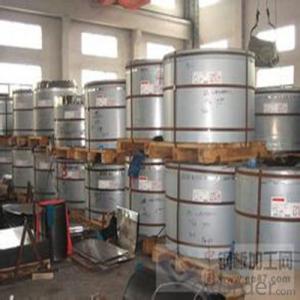Reinforcing bars, commonly known as rebars, are the unsung heroes of the construction industry. They play a crucial role in providing strength and stability to structures, but often go unnoticed. In this article, we’ll explore the specifications of rebars, their uses in construction, and why they deserve more recognition.
The Backbone of Construction
Rebars are made from steel, specifically carbon steel, and are characterized by their ribbed surface. This ribbing is what gives them their grip within the concrete, allowing them to work together as a team. The strength of rebars is measured in terms of yield strength, which is the point at which the steel begins to deform under stress. Common yield strengths for rebars are 250, 300, 400, and 500 MPa, with the higher the number, the stronger the bar.
A Closer Look at the Specifications
When it comes to specifications, rebars come in a variety of shapes and sizes. The most common diameters range from 6mm to 40mm, with the length varying depending on the project’s requirements. The American Society for Testing and Materials (ASTM) has set standards for rebar sizes, which are categorized into grades based on their yield strength. For example, Grade 40 is the most commonly used rebar in the United States, with a yield strength of 40,000 psi (pounds per square inch).
The Art of Placement
The placement of rebars within a structure is an art in itself. It requires careful planning and precision to ensure that the rebars are positioned correctly to provide the maximum support. Rebars are typically placed in areas of high stress, such as corners, openings, and joints, where the concrete is more likely to crack. The spacing between the rebars is also crucial, as it affects the flow of concrete and the overall strength of the structure.
Beyond Strength: The Role of Rebars in Durability
Rebars are not just about strength; they also contribute to the durability of a structure. By providing tensile strength to the concrete, rebars help to prevent cracking and ensure that the structure can withstand the test of time. This is particularly important in areas prone to natural disasters, such as earthquakes or hurricanes, where the resilience of the structure is paramount.
The Versatility of Rebars
One of the most appealing aspects of rebars is their versatility. They can be used in a wide range of construction projects, from residential buildings to bridges and highways. The flexibility of rebars allows them to be bent and shaped to fit the unique requirements of each project. This adaptability is what makes rebars an essential component in the construction industry.
The Human Touch: The Craftsmanship Behind Rebars
While rebars are often associated with machines and industrial processes, it’s important to remember that there’s a human touch behind their creation. Skilled workers are responsible for bending, cutting, and placing the rebars in the construction site. Their expertise and attention to detail are what ensure that the rebars are installed correctly and contribute to the overall success of the project.
The Future of Rebars: Innovation and Sustainability
As the construction industry evolves, so too does the use of rebars. Innovations in material science are leading to the development of new types of rebars that are stronger, more durable, and more sustainable. For example, the use of recycled steel in the production of rebars is becoming more common, reducing the environmental impact of construction projects.
In Conclusion
Reinforcing bars are an integral part of the construction process, providing both strength and durability to structures. Their versatility and the craftsmanship of those who work with them make them an essential component in the industry. As we look to the future, it’s exciting to consider the potential innovations and advancements that will continue to enhance the role of rebars in construction.

